Lawrie0-7503-0604-1
Table of contents :
0750306041……Page 1
Contents……Page 6
Preface to the Second Edition……Page 12
Preface to the First Edition……Page 14
Glossary of Mathematical Symbols……Page 16
1 Introduction: The Ways of Nature……Page 18
2 Geometry……Page 23
2.0.1 The special theory……Page 24
2.0.2 The general theory……Page 29
2.1 Spacetime as a Differentiable Manifold……Page 32
2.1.1 Topology of the real line R and of R[sup(d)]……Page 33
2.1.2 Differentiable spacetime manifold……Page 36
2.1.3 Summary and examples……Page 38
2.2 Tensors……Page 40
2.3 Extra Geometrical Structures……Page 45
2.3.1 The affine connection……Page 46
2.3.2 Geodesics……Page 50
2.3.3 The Riemann curvature tensor……Page 51
2.3.4 The metric……Page 53
2.3.5 The metric connection……Page 55
2.4 What is the Structure of Our Spacetime?……Page 56
3 Classical Physics in Galilean and Minkowski Spacetimes……Page 62
3.1 The Action Principle in Galilean Spacetime……Page 63
3.2 Symmetries and Conservation Laws……Page 67
3.3 The Hamiltonian……Page 69
3.4 Poisson Brackets and Translation Operators……Page 70
3.5 The Action Principle in Minkowski Spacetime……Page 73
3.6 Classical Electrodynamics……Page 78
3.7 Geometry in Classical Physics……Page 81
3.7.1 More on tensors……Page 82
3.7.2 Differential forms, dual tensors and Maxwell’s equations……Page 84
3.7.3 Configuration space and its relatives……Page 90
3.7.4 The symplectic geometry of phase space……Page 92
4.1 The Principle of Equivalence……Page 100
4.2 Gravitational Forces……Page 101
4.3 The Field Equations of General Relativity……Page 104
4.4.1 The Schwarzschild solution……Page 108
4.4.2 Time near a massive body……Page 110
4.4.3 Distances near a massive body……Page 112
4.4.4 Particle trajectories near a massive body……Page 113
4.5 Black and White Holes……Page 114
5 Quantum Theory……Page 124
5.0 Wave Mechanics……Page 125
5.1 The Hilbert Space of State Vectors……Page 128
5.2 Operators and Observable Quantities……Page 131
5.3 Spacetime Translations and the Properties of Operators……Page 133
5.4 Quantization of a Classical System……Page 138
5.5 An Example: The One-Dimensional Harmonic Oscillator……Page 140
6 Second Quantization and Quantum Field Theory……Page 147
6.1 The Occupation-Number Representation……Page 148
6.2 Field Operators and Observables……Page 151
6.3 Equation of Motion and Lagrangian Formalism for Field Operators……Page 152
6.4 Second Quantization for Fermions……Page 154
7 Relativistic Wave Equations and Field Theories……Page 157
7.1 The Klein–Gordon Equation……Page 158
7.2 Scalar Field Theory for Free Particles……Page 161
7.3.1 The Dirac equation……Page 163
7.3.2 Lorentz covariance and spin……Page 165
7.3.3 Some properties of the γ matrices……Page 169
7.3.5 Probability current and bilinear covariants……Page 170
7.3.6 Plane-wave solutions……Page 172
7.3.7 Massless spin-½ particles……Page 173
7.4 Spinor Field Theory……Page 174
7.5 Weyl and Majorana Spinors……Page 176
7.6.1 Photons and massive spin-1 particles……Page 180
7.6.2 Gravitons……Page 183
7.7 Wave Equations in Curved Spacetime……Page 185
8.1 Electromagnetism……Page 196
8.2 Non-Abelian Gauge Theories……Page 202
8.3 Non-Abelian Theories and Electromagnetism……Page 209
8.4 Relevance of Non-Abelian Theories to Physics……Page 210
8.5 The Theory of Kaluza and Klein……Page 211
9 Interacting Relativistic Field Theories……Page 216
9.1 Asymptotic States and the Scattering Operator……Page 217
9.2 Reduction Formulae……Page 219
9.3.1 Path integrals in non-relativistic quantum mechanics……Page 222
9.3.2 Functional integrals in quantum field theory……Page 225
9.4 Perturbation Theory……Page 228
9.5 Quantization of Gauge Fields……Page 231
9.6 Renormalization……Page 235
9.7.1 The Coulomb potential……Page 241
9.7.2 Vacuum polarization……Page 244
9.7.4 The running coupling constant……Page 246
9.7.5 Anomalous magnetic moments……Page 248
10 Equilibrium Statistical Mechanics……Page 252
10.1 Ergodic Theory and the Microcanonical Ensemble……Page 253
10.2 The Canonical Ensemble……Page 258
10.3 The Grand Canonical Ensemble……Page 260
10.4 Relation Between Statistical Mechanics and Thermodynamics……Page 262
10.5 Quantum Statistical Mechanics……Page 268
10.6 Field Theories at Finite Temperature……Page 271
10.7 Black Body Radiation……Page 274
10.8 The Classical Lattice Gas……Page 276
10.9 Analogies Between Field Theory and Statistical Mechanics……Page 278
11.1 Bose–Einstein Condensation……Page 283
11.2 Critical Points in Fluids and Magnets……Page 286
11.3 The Ising Model and its Approximation by a Field Theory……Page 291
11.4 Order, Disorder and Spontaneous Symmetry Breaking……Page 293
11.5 The Ginzburg–Landau Theory……Page 296
11.6 The Renormalization Group……Page 298
11.7 The Ginzburg–Landau Theory of Superconductors……Page 304
11.7.1 Spontaneous breaking of continuous symmetries……Page 305
11.7.2 Magnetic effects in superconductors……Page 307
11.7.3 The Higgs mechanism……Page 308
12 Unified Gauge Theories of the Fundamental Interactions……Page 312
12.1 The Weak Interaction……Page 313
12.2 The Glashow–Weinberg–Salam Model for Leptons……Page 318
12.3 Physical Implications of the Model for Leptons……Page 323
12.4.1 Quarks……Page 325
12.4.2 Quarks in the electroweak theory……Page 329
12.5 Colour and Quantum Chromodynamics……Page 331
12.6 Grand Unified Theories……Page 336
12.7 Supersymmetry……Page 345
12.7.1 The Wess–Zumino model……Page 346
12.7.2 Superfields……Page 347
12.7.3 Spontaneous supersymmetry breaking……Page 349
12.7.4 The supersymmetry algebra……Page 352
12.7.5 Supersymmetric gauge theories and supergravity……Page 357
12.7.6 Some algebraic details……Page 360
13 Solitons and So On……Page 363
13.1 Domain Walls and Kinks……Page 364
13.2 The Sine–Gordon Solitons……Page 372
13.3 Vortices and Strings……Page 376
13.4 Magnetic Monopoles……Page 386
14 The Early Universe……Page 396
14.1 The Robertson–Walker Metric……Page 397
14.2 The Friedmann–Lemaître Models……Page 402
14.3 Matter, Radiation and the Age of the Universe……Page 407
14.4 The Fairly Early Universe……Page 410
14.5 Nucleosynthesis……Page 418
14.6 Recombination and the Horizon Problem……Page 421
14.7 The Flatness Problem……Page 422
14.8 The Very Early Universe……Page 423
15 An Introduction to String Theory……Page 442
15.1 The Relativistic Point Particle……Page 444
15.2.1 The string action……Page 448
15.2.2 Weyl invariance and gauge fixing……Page 451
15.2.3 The Euclidean worldsheet and conformal invariance……Page 454
15.2.4 Mode expansions……Page 457
15.2.5 A useful transformation……Page 462
15.3 Quantization of the Free Bosonic String……Page 464
15.3.1 The quantum Virasoro algebra……Page 466
15.3.2 Quantum gauge fixing……Page 471
15.3.3 The critical spacetime dimension……Page 475
15.3.4 The ghost Hilbert space……Page 479
15.3.5 The BRST cohomology……Page 481
15.4.1 The mass spectrum……Page 487
15.4.2 Vertex operators……Page 492
15.4.3 Strings and quantum gravity……Page 495
15.5.1 String interactions……Page 498
15.5.2 Superstrings……Page 502
15.5.3 The ramifications of compactification……Page 506
15.6 The Last Word?……Page 512
Some Snapshots of the Tour……Page 518
A.1 Delta Functions and Functional Differentiation……Page 535
A.2 The Levi-Civita Tensor Density……Page 537
A.3 Vector Spaces and Hilbert Spaces……Page 538
A.4 Gauss’ Theorem……Page 540
A.6 Gaussian Integrals……Page 541
A.7 Grassmann Variables……Page 542
Appendix B: Some Elements of Group Theory……Page 545
Appendix C: Natural Units……Page 557
Appendix D: Scattering Cross-Sections and Particle Decay Rates……Page 561
Bibliography……Page 565
References……Page 569
C……Page 572
E……Page 574
G……Page 575
K……Page 576
N……Page 577
Q……Page 578
S……Page 579
W……Page 580
Y……Page 581
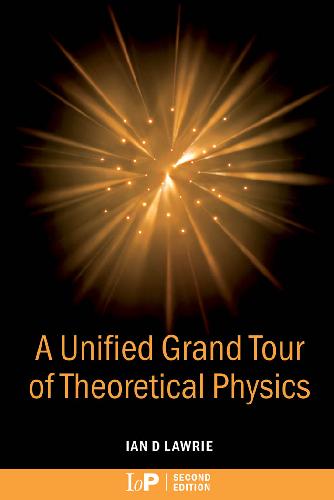
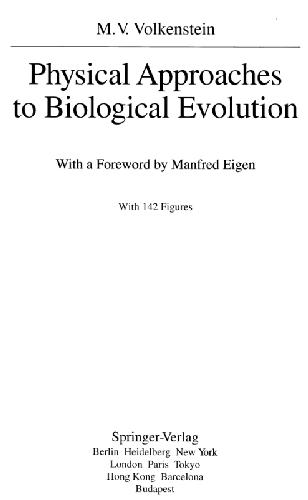
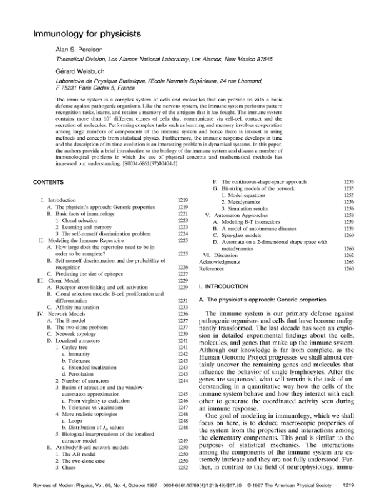
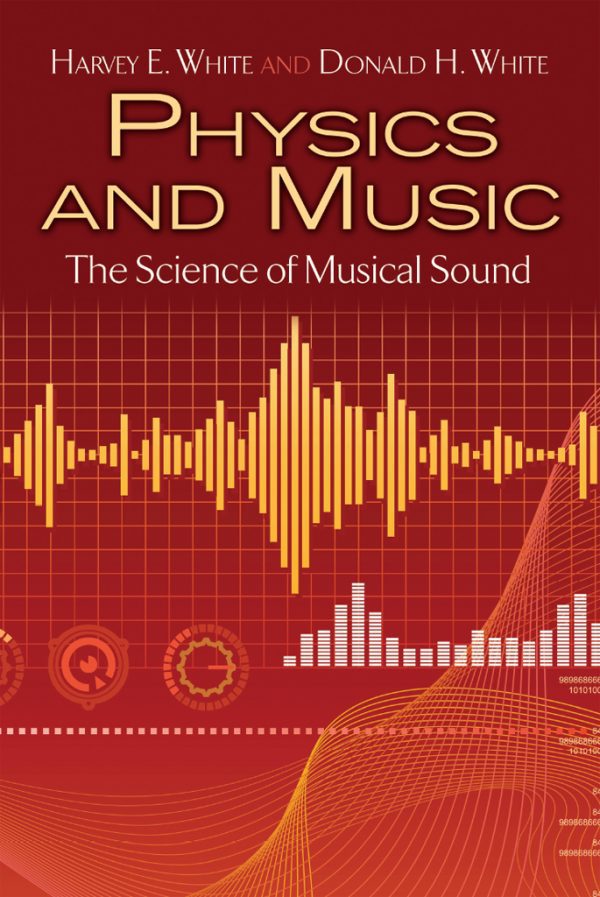
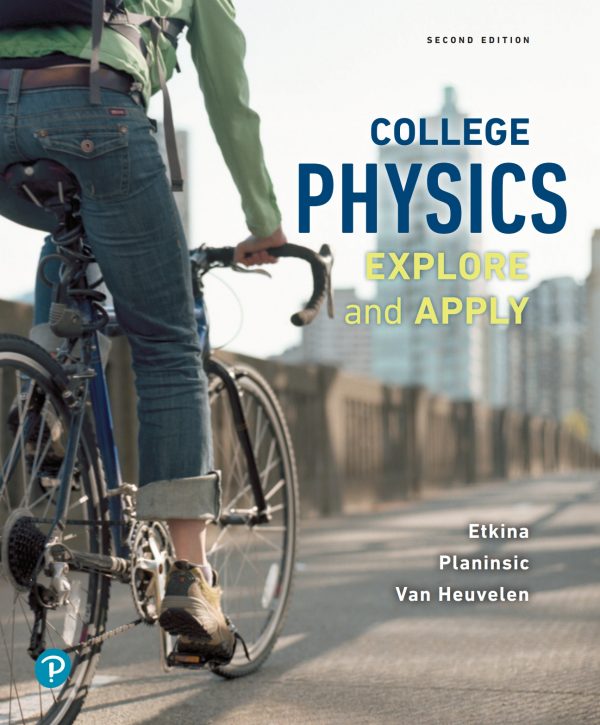
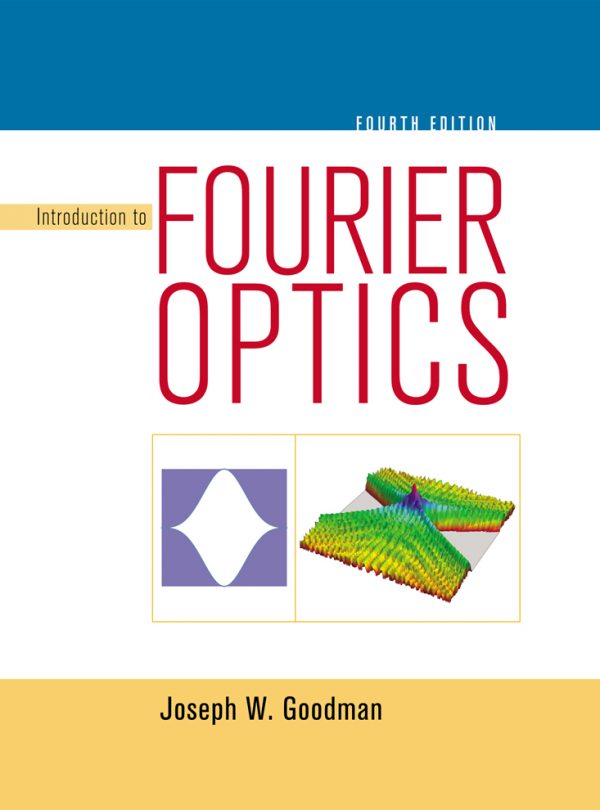
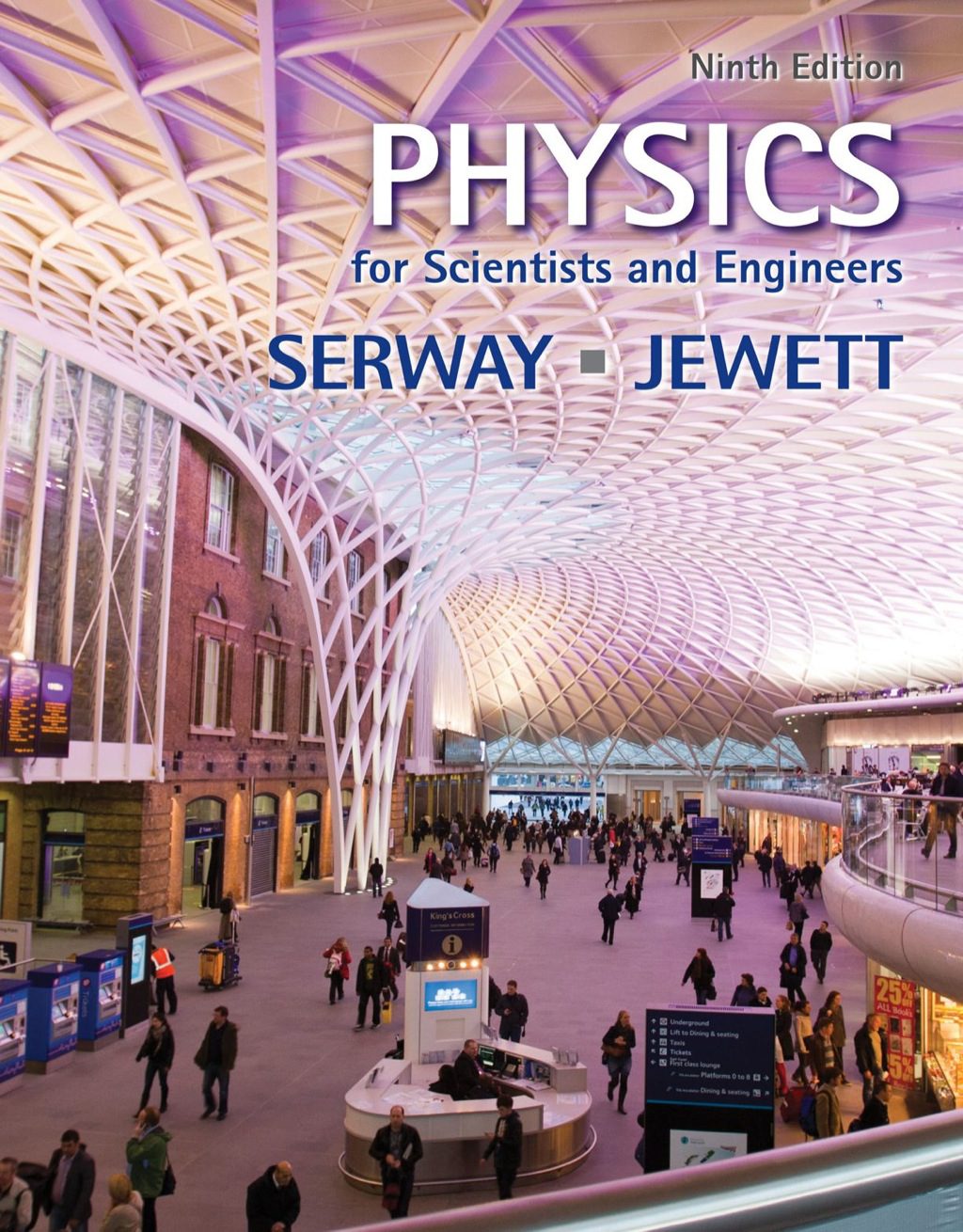

Reviews
There are no reviews yet.